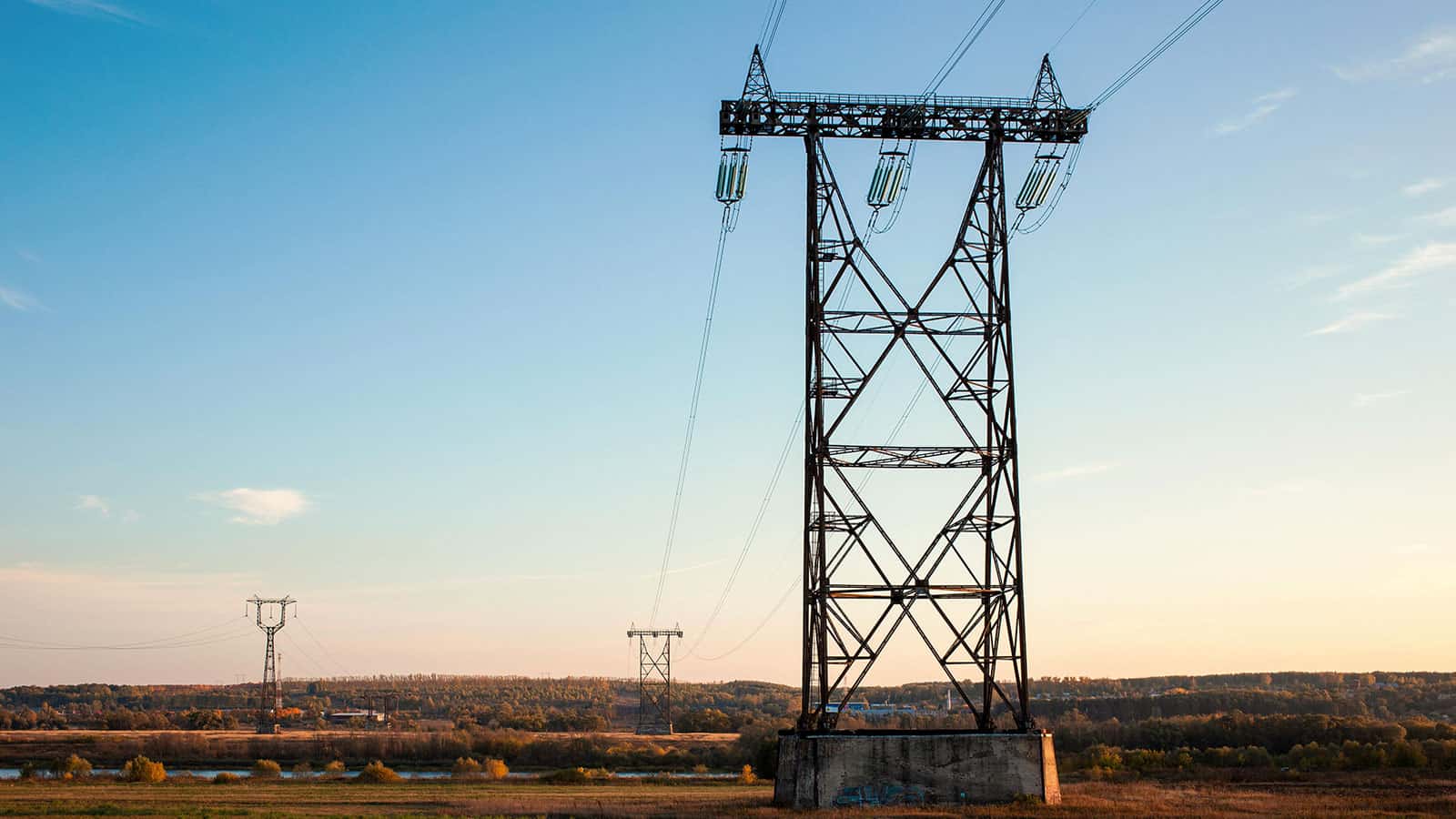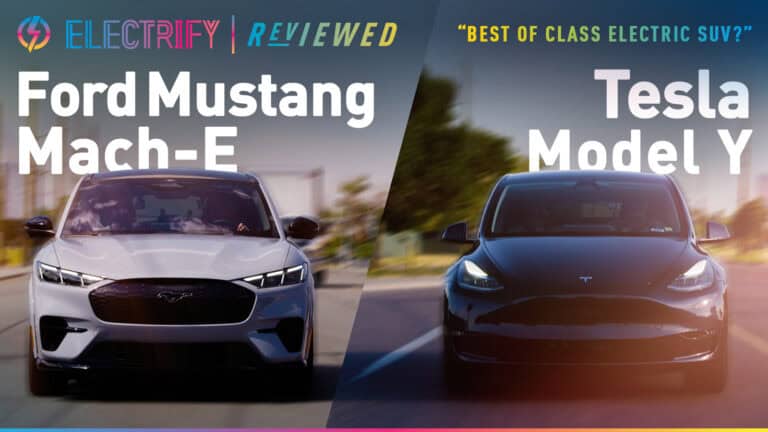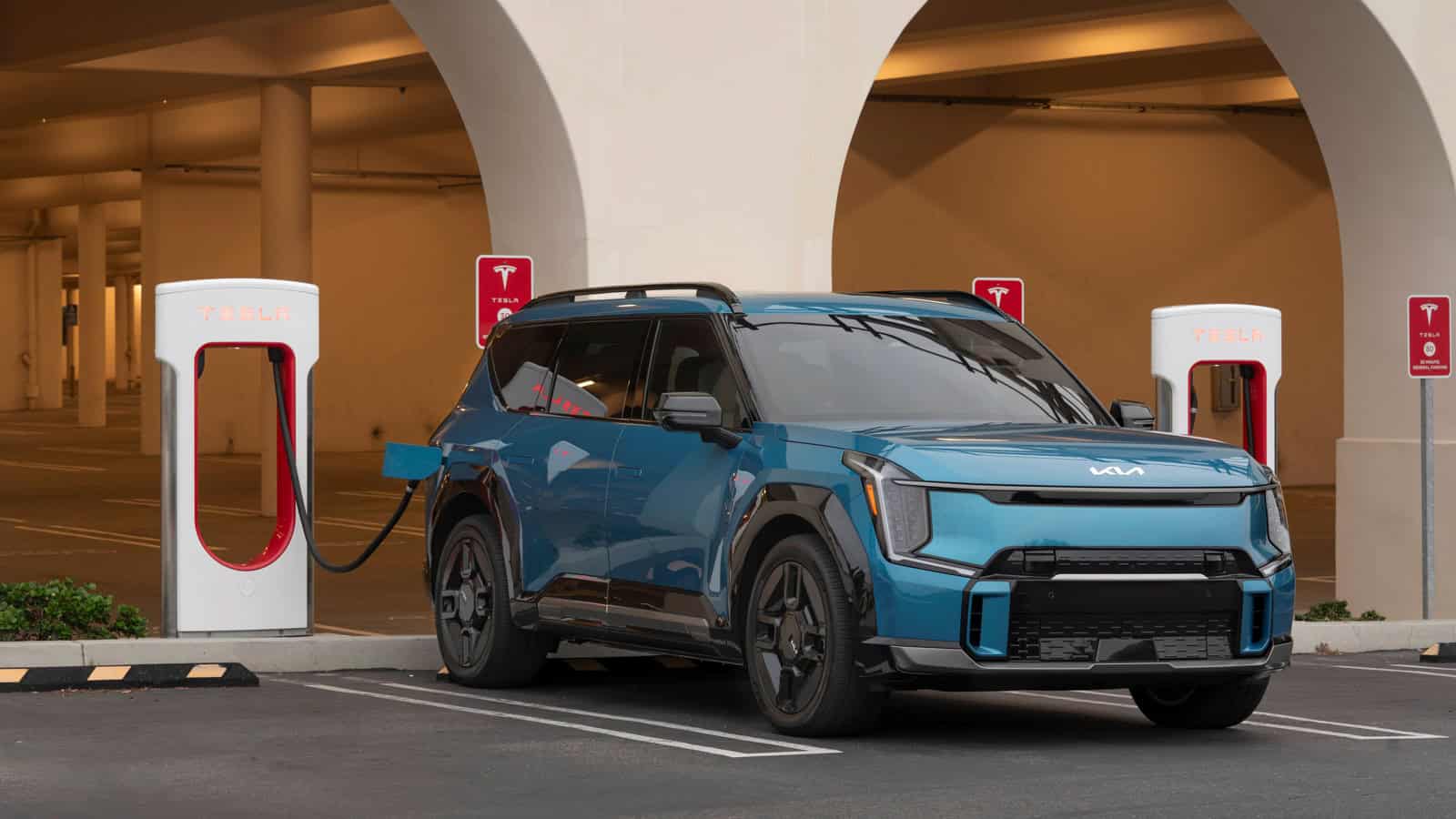- The Transportation Energy Institute (TEI) is an apolitical organization, addressing surge fees and tariffs to reduce EV charging costs.
- With a diverse board representing both the legacy oil and gas sectors and renewable energy leaders, TEI uniquely addresses the challenges of transportation electrification.
- TEI’s Charging Analytics Program (CAP) optimizes new EV charging station deployments through detailed data analysis and actionable recommendations.
- TEI’s strategic initiatives ensure the development of cost-effective charging options, paving the way for EVs as a practical transportation choice.
Imagine a massive, multi-billion-dollar initiative working overtly yet largely unnoticed to reshape the transportation landscape across governments and industries. Efforts are being made to manage “surge” EV charging fees during peak power demand periods and reduce public EV charging costs to drivers. This transformative movement spans from traditional oil and gas sectors — which I’m affectionately dubbing “O.G. O&G” — to innovative renewable energy companies, collectively redefining vehicular power and advancing global decarbonization efforts.
ADVERTISEMENT
Glossary of Key Terms
To make the following discussion as accessible as possible, we are sharing a short glossary — awareness and knowledge of these concepts is key to getting the most out of our conversation:
- Decarbonization: Efforts to cut carbon emissions by improving existing systems or switching to cleaner energy sources and technologies.
- Electric vehicle (EV) charging infrastructure: Networks that supply power to electric vehicles; driver-cost, reliability, and location of stations are crucial.
- Regular usage fees: Charges for the total amount of electricity used, measured in kilowatt-hours (kWh).
- Tariffs: Pricing structures set by utilities, which may include additional fees and regulatory charges over regular usage.
- Demand charges: Additional fees by the electric utility based on the highest rate of electricity usage at any one time during the billing period, measured in kilowatts (kW). Since EV charging stations may draw a lot of power in short bursts while charging, these can sometimes be significant.
The EV Charging Challenge
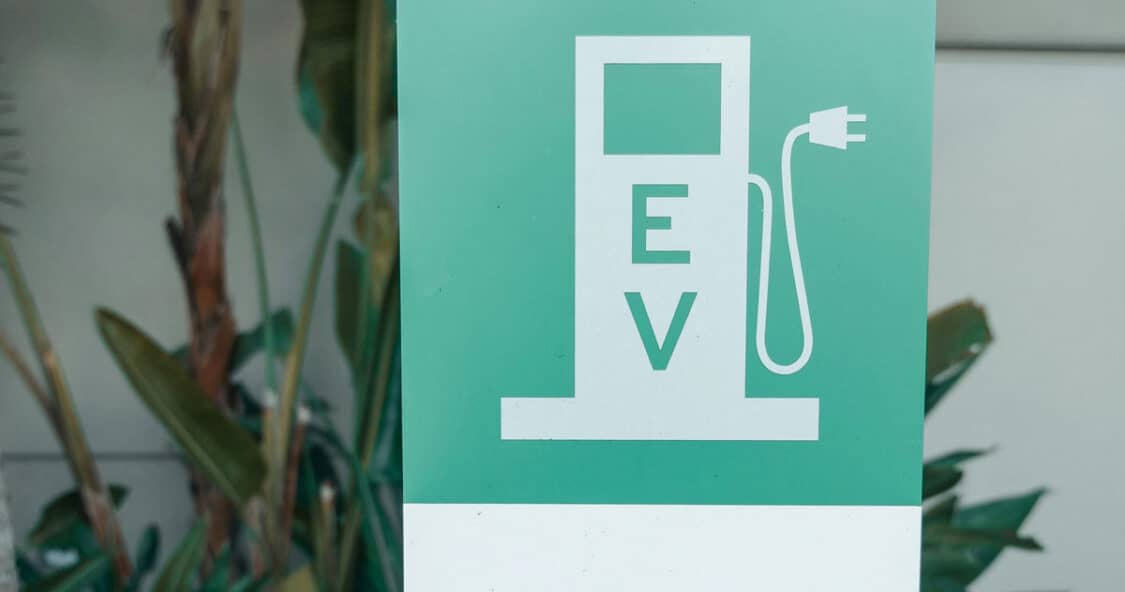
Electric vehicles are remarkably efficient at converting energy into motion, achieving 87-91% efficiency, primarily through regenerative braking, as well as highly considered design changes like excellent aerodynamics. This is sharply contrasted to the 20% efficiency typically seen with gasoline engines.
EVs also bring a new level of mechanical streamlining, reducing their count of moving parts by about two-thirds versus an internal combustion counterpart. This simplification leads to fewer breakdowns and a marked reduction in routine maintenance needs — no oil changes, no transmission fluids, and longer-lasting brakes, as just a few examples.
Quantified in terms of “dollars-per-mile,” these factors also contribute to substantially lower operating costs with an EV. This economic advantage, however, is based on the assumption of using inexpensive at-home and overnight charging — one that can quickly erode in urban areas where many multi-family housing residents lack access to overnight charging.
ADVERTISEMENT
Part of the infrastructure improvements includes the deployment of DCFCs (direct current fast chargers) to reduce charging time and manage load more efficiently. Improving public EV charging infrastructure is pivotal for the broader adoption of electric vehicles, but drivers exclusively relying on public chargers is becoming a financial burden for some. This is due to high tariffs and demand charges applied during peak usage times, which are pronounced during times where demand for electricity is highest, like early evenings, and can disproportionately affect urban EV owners.
Addressing this financial charging challenge is crucial — it not only affects the adoption rate of electric vehicles but also impacts the overall cost-effectiveness of choosing an EV over traditional gasoline-powered vehicles. I find a paradox here; while EVs are designed to be cheaper to run and maintain (a benefit that power companies could capitalize on during the shift to electrification), the high fees and tariffs at public charging stations often cancel out these savings, which could slow down the adoption of EVs. This scenario highlights the need for collaboration and innovation to balance profitability and end-user affordability.
Spotlight on TEI: Pioneering Data-Driven Solutions
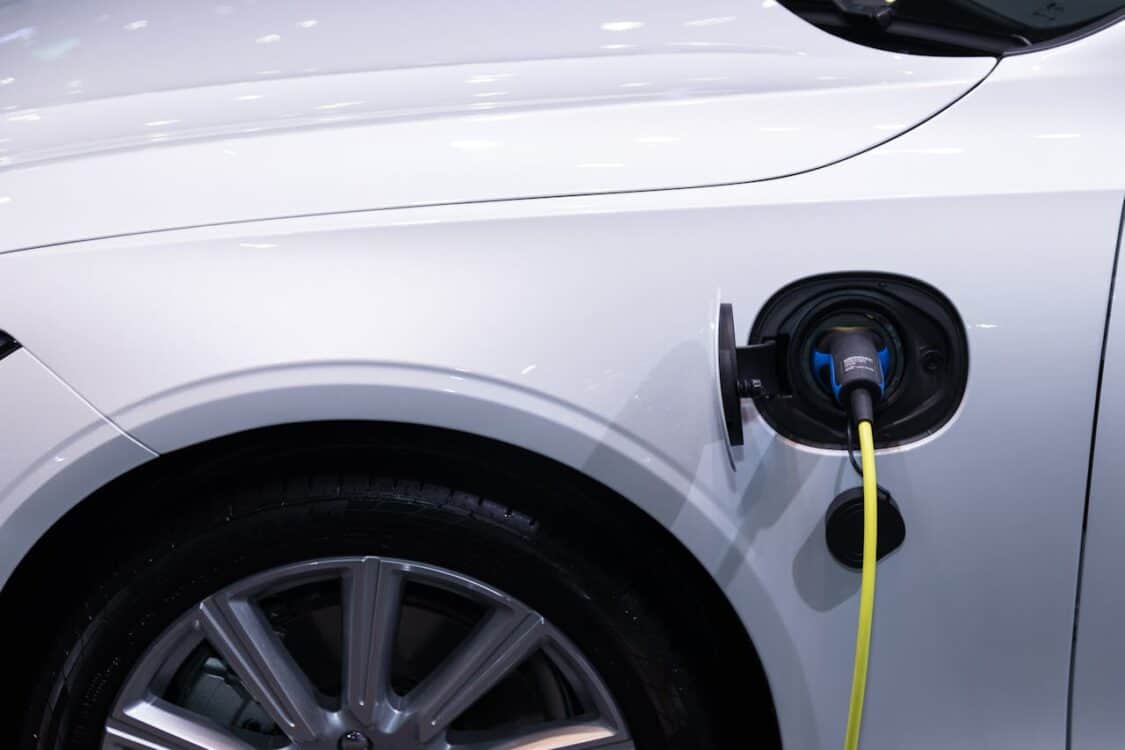
The Transportation Energy Institute (TEI) plays a pivotal role in addressing these economic and infrastructural challenges, primarily through strategic initiatives that indirectly shape everyday experiences of EV drivers. While these improvements might not always be visible on the surface, they are crucial for lowering barriers to EV adoption and enhancing the practicality of electric vehicles.
TEI is apolitical and does not engage in lobbying, focusing instead on feasible, accessible solutions. Jeff Hove, representing TEI, explains, “We present research in approachable terms, clarifying the potential outcomes of policy actions or inactions to foster informed decisions by the public and policymakers.” Complementing this approach, Karl Doenges directs the Charging Analytics Program (CAP), which leverages extensive data to help optimize the planned deployment of new EV charging stations across various markets.
In essence, while TEI’s actions do not interface directly with the daily transactions of charging an EV, they help form the conditions that make these transactions smoother and more economical. This overarching support is vital in paving the way for a future where electric vehicles are the most practical and preferred mode of transportation.
ADVERTISEMENT
TEI’s Strategic Initiatives
- Demand charge mitigation: TEI explores innovative mitigation strategies to manage the costs associated with demand charges, making EV charging more economically feasible and supporting the expansion of charging infrastructure for their operators and drivers.
- Collaborative industry platform: Alongside members of the Electric Vehicle Council, TEI serves as a neutral hub, facilitating dialogue and idea exchange among diverse stakeholders including utility companies, EV manufacturers, and policymakers.
- CAP (Charging Analytics Program): Karl Doenges elaborates on CAP’s role: “It collects diverse data across the EV industry, keeping individual contributions anonymous to encourage broad participation. This large-scale data integration provides deeper insights, aiding in the strategic deployment of charging stations.”
Broad-Based Support and Inclusion
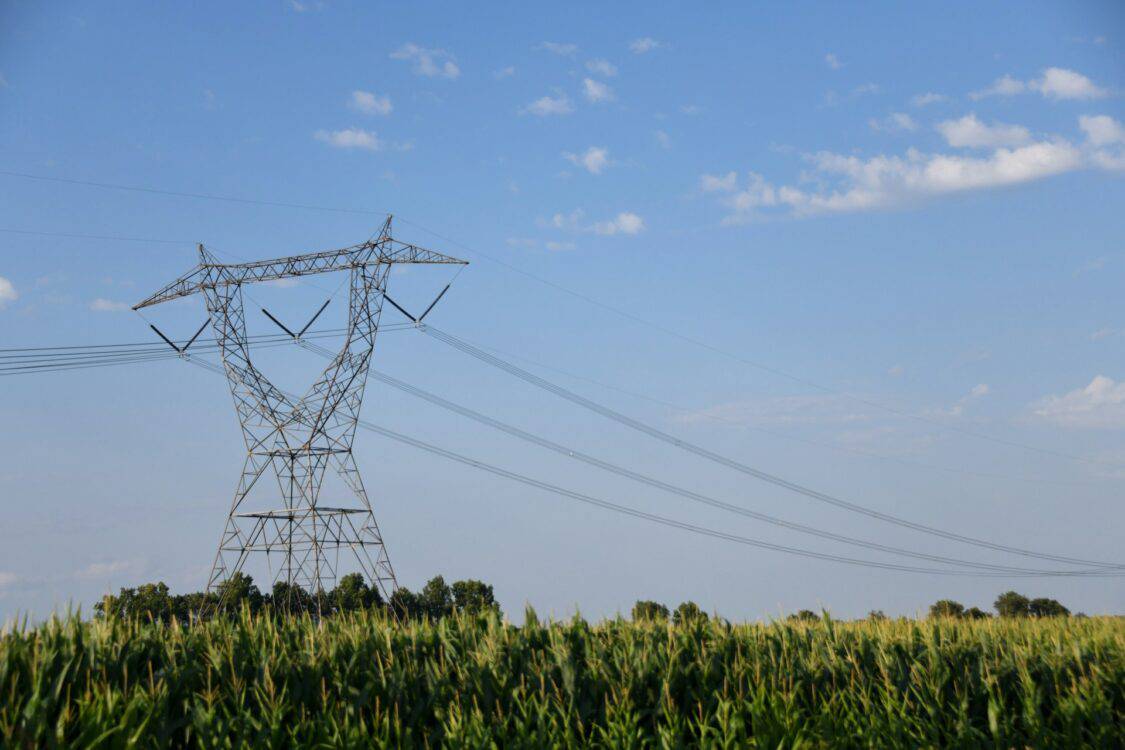
TEI’s board is diverse, in a Team of Rivals (2005) type of way, reflecting a spectrum of actors from the energy sector. This includes traditional energy firms (“O.G. O&G”), renewable energy leaders, and advocacy groups, among others, which enables a balanced and pragmatic approach to the electrification changeover within transportation.
Stakeholders collaborate within CAP to analyze and address the key cost drivers in public EV charging. By pooling data from various segments of the energy market, CAP identifies patterns and peak usage trends that contribute to high demand charges, and understanding peak EV charging hours is a prominent variable. TEI claims these insights help implement tariff structures that are more favorable to public EV charging stations while also lowering the cost barrier for EV owners. CAP shares that these efforts extend beyond data analysis, allowing their members to engage with regulators and utilities to propose adjustments in pricing models, aligning with broader environmental goals.
Charging Into an Affordable Future
As the participating audience, we can see the overall energy transition as more than a shift in technology and infrastructure, but also reimagining how we move through the world. TEI’s efforts appear to be focused on clear and viable elements, like optimizing the implementation of new EV charging and tweaking tariffs, which should help shape the quality and accessibility of transportation options for the next century.
By addressing economic barriers today, it helps tackle challenges that could push new drivers away from EVs and paves a future where electric mobility is the practical, affordable option.
ADVERTISEMENT

FEATURE IMAGE: ARTHUR SHURAEV
FTC: We use income-earning auto affiliate links. Learn more.


